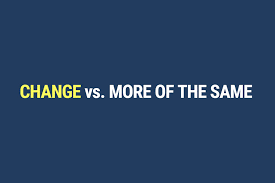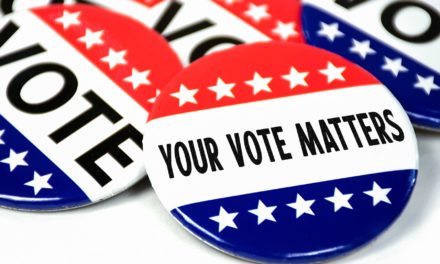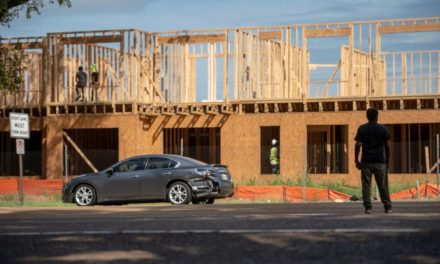The violent crime rate for the first quarter of this year dashed all hopes that the dip from a year ago was going to become a trend.
Instead, violent crime has reached a 17-year high. It is up 7.7% (murders increased 35%) and 73% of them involved guns. Property crimes have climbed disturbingly by 43.8% (vehicle thefts have skyrocketed by 155%).
It’s an indictment of the “more cops, tougher sentences, jail more people” policies that have dominated public policy for the past decade.
While embarked largely on hard right policies, the crime rate has now risen to the highest levels since the first quarter of 2006.
Comments by attorney Ben Adams, Memphis Shelby Crime Commission Chair, hopefully suggest that even that body is realizing that it should consider other approaches, mentioning changes in Juvenile Court’s detention policy, scaling up a system of restorative justice, or more intensive community supervision.
Wanted: Disrupter Mayor
There are dramatic reasons for Mayor Jim Strickland’s angst about the crime rate. Defeating Mayor A C Wharton Jr. as the person who could reduce crime, he has come to realize how intractable it can be. The violent crime rate has risen 34% since his election. Property crimes have risen an inconceivable 72%.
Here’s hoping that the compelling evidence that the current approach isn’t working will produce some different rhetoric and some innovative ideas from City Hall in the mayor’s lame duck year.
That’s not to say the rhetoric of mayoral candidates has been particularly encouraging. So far, most of what they have said are variations on a theme rooted in the conventional wisdom that has dominated crimefighting policies in Memphis for too many years.
What Memphis so obviously needs in the mayor’s office is a disrupter, someone who’ll become part of the reform movement that is yielding promising results in other cities. Simply put, it is about reimagining the definition of public safety so it’s not just police-centric but involves mental health professionals, community leaders, mentors, trusted messengers, and more.
The irony is that our community is highly successful in locking up more people, but in the long run, as former Shelby County Mayor Bill Morris said 25 years ago, “we can’t build enough cells as a way out of the rise in crime.”
The Data
Already, about 4,000 people from Shelby County are jailed as convicted felons, according to Tennessee Department of Corrections, or put another way, 15.2% of the total 25,000 Tennesseans held systemwide. Of the state’s 95 counties, Shelby County is #1. Second is Davidson County (Nashville) with 9.7% of the felons in jail.
Meanwhile, of the 46 people on death row, 24 are from Shelby County and 18 are Black. This includes Larry McKay and Michael Sample, both 66 years old and from Shelby County, who have been on death row since February 1983.
Just this week, the U.S. Supreme Court refused to intervene in an appeal from Kevin Burns, an African American man from Memphis, on the grounds that he had ineffective counsel. Justice Sonia Sotomayor called it “disheartening” and “a very robust possibility” that Mr. Burns was not guilty of murder in the shooting roughly 30 years ago.
April 19, 2023: Getting Memphis City Hall Into The Police Reform Movement
September 12, 2022: Turning Anger Into Action: The Memphis Summit on Violent Crime
Here’s the data, January-March:
Major Violent Crime Rate –
462.7 – 2006
362.5 – 2011
435.1 – 2016
558.5 – 2021
540.4 – 2022
582.1 – 2023
Major Property Crime –
1913.6 – 2006
1302.2 – 2011
1184.8 – 2016
1281.0 – 2021
1421.1 – 2022
2043.3 – 2023
***
Join us at the Smart City Memphis Facebook page for daily articles, reports, and commentaries that are relevant to Memphis.





